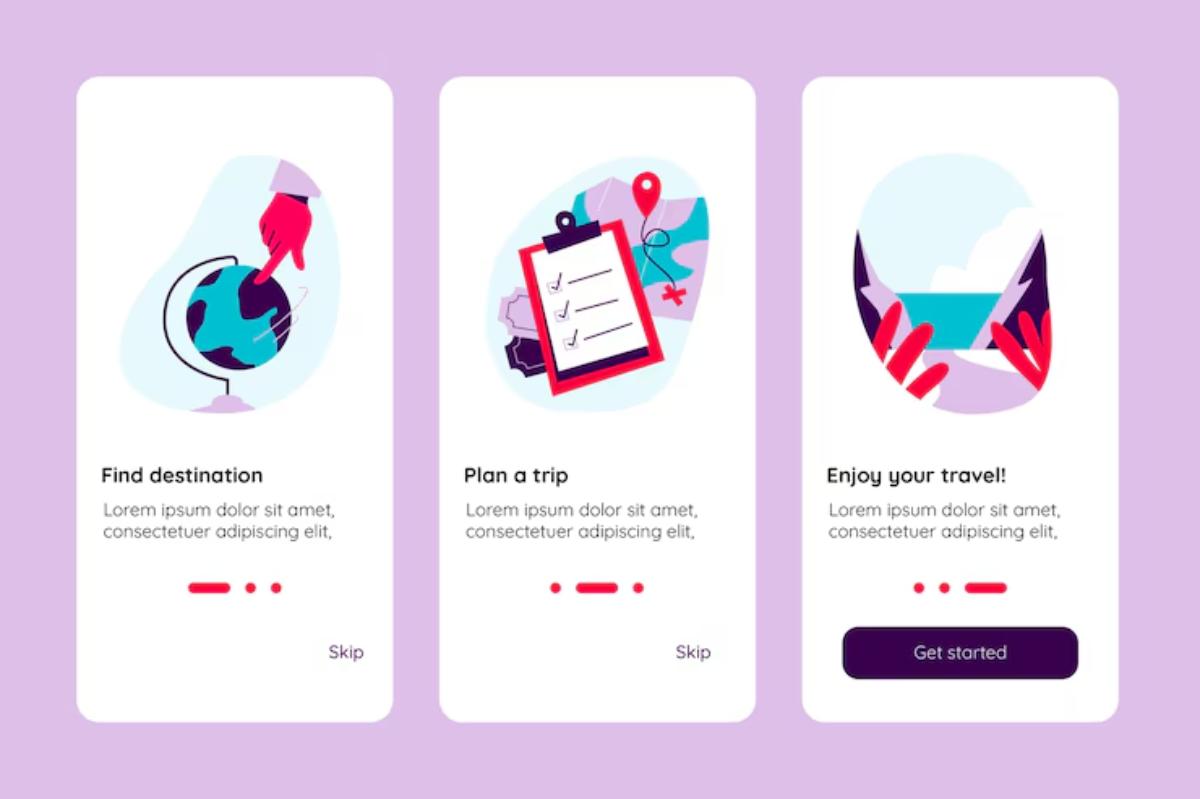
Overcome Language Barriers While Travelling
There’s a moment every traveller remembers—standing in a busy market, airport, or train station, completely unsure of what’s being said, and trying (often hilariously) to communicate with nothing more than hand gestures, smiles, and hope.
It’s a rite of passage. But it doesn’t have to be a disaster.
Whether it’s ordering food in Hanoi, asking for directions in Istanbul, or checking into a guesthouse in rural Argentina, knowing how to navigate language differences makes every trip smoother, safer, and far more rewarding.
This is the ultimate guide to overcoming language barriers while travelling. Packed with realistic travel language tips, smart communication tools, and genuinely helpful language barrier solutions, it’s here to help anyone feel more confident—wherever in the world the road leads.
Why Language Barriers Are Part of the Adventure
Language struggles aren’t a glitch in the travel experience—they’re part of the charm. The misunderstandings, the impromptu charades, the laughs shared over a mistranslated phrase… these are often the moments that become the most memorable.
But let’s be honest. Sometimes they’re stressful too.
Especially when it involves:
- Booking the right train
- Avoiding food allergies
- Finding a hospital or pharmacy
- Respecting local etiquette
- Or simply feeling understood
In those moments, having a plan—and the right tools—can make all the difference.
Travel Language Tips: Start Before the Plane Takes Off
One of the best ways to avoid communication headaches is to prep just a little before departure. And no, that doesn’t mean becoming fluent overnight.
Just learning a few key phrases can go a long way.
A Few Essential Phrases to Learn:

- Hello / Goodbye
- Please / Thank you
- Do you speak English?
- I don’t understand
- How much does it cost?
- I’m allergic to…
- Where is the bathroom?
- Help!
Apps like Duolingo or Memrise offer free lessons in dozens of languages, and even 10 minutes a day in the week before a trip can build confidence.
Plus, locals often appreciate the effort, even if the pronunciation is a little off. A little humility + a lot of smiles = smoother conversations.
Use Body Language and Gestures (But Carefully)
When words fail, gestures step in. Pointing to a map, miming drinking, or drawing in the air can get the message across surprisingly well.
However—some gestures are not universal. What’s friendly in one country can be rude in another. That’s why it helps to do a quick cultural check for:
- Hand signs (the thumbs-up isn’t positive everywhere)
- Eye contact norms
- Personal space expectations
- Taboos around touching or pointing
In short, treat gestures like seasoning—use them, but sparingly and thoughtfully.
The Magic of Phrasebooks and Pocket Guides
Yes, digital tools are amazing. But in places where phones can’t charge or data disappears, a small phrasebook can feel like a superpower.
Phrasebooks:
- Don’t run out of battery
- Work in any light
- Can be shared with others
- Often include pronunciation guides
They’re especially useful in rural areas or small towns where even the best apps might stumble. Plus, flipping through a few pages over coffee feels a bit nostalgic—in the best way.
Communication Tools That Actually Help

Technology has changed the game when it comes to language barrier solutions. With a few smart downloads, a phone can become a full-on interpreter.
Top Translation Apps in 2025:
- Google Translate: The go-to, especially for camera-based translations.
- iTranslate: Sleek, fast, and great for voice conversations.
- Papago: Particularly strong with Asian languages.
- SayHi: Simple, free, and very accurate for day-to-day chat.
- Microsoft Translator: Brilliant for multi-person group chats.
Need help deciding between the best of the bunch? This side-by-side comparison of Google Translate vs. iTranslate breaks it down beautifully.
Many of these apps now offer offline modes, so downloading the necessary languages ahead of time is a must. No signal? No problem.
Use the Power of Pictures
Sometimes, showing is better than telling.
Here’s how to use images to overcome communication gaps:
- Take photos of addresses, landmarks, or menus
- Keep pictures of common items (toilets, food items, tools)
- Use maps or drawing apps to sketch routes
- Flip through photo-based restaurant menus
Many travellers also keep a digital or printed image board of useful icons—bathroom, taxi, money, food, danger, help, etc.
It may feel old-school, but pointing at a photo beats miming “toilet” in a crowded street every time.
Slow Down, Smile, and Stay Calm
This might be the most underrated travel language tip of all.
In moments of miscommunication, the worst thing to do is speak louder or faster. It doesn’t help—and it can come off as rude.
Instead:
- Speak slowly and clearly
- Use short, simple sentences
- Pause between phrases
- Avoid idioms or slang
- Smile (it helps lower tension instantly)
Patience communicates just as much as words. It shows respect, understanding, and often invites help from locals willing to jump in and assist.
Rely on Locals—They’re Often Eager to Help
People are kind. It’s easy to forget that when the stress kicks in. But in most corners of the world, locals are more than happy to assist.
Don’t be afraid to:
- Ask hotel staff to write down destinations in the local language
- Request help from someone bilingual at a café or store
- Show translation apps or written phrases and ask, “Can you help me say this?”
Some travellers even carry small thank-you cards in the local language. It’s a thoughtful touch that goes a long way.
When All Else Fails: Laugh It Off
Mistakes will happen. That’s not a flaw—it’s a feature.
One traveller accidentally told a bakery owner in Poland, “I am your grandmother” instead of “I want bread.” The baker laughed. So did the customer. And just like that, a connection was made.
Embrace the fumbles. They make the best stories later.
Travel Language Tips for Specific Scenarios

Different situations call for slightly different strategies. Here’s how to handle a few of the most common ones:
In Restaurants
- Point to dishes on the menu
- Ask for recommendations with simple phrases
- Use translation apps to scan menus
- Keep a photo of any food allergies on your phone, clearly translated
At Hotels
- Confirm bookings in writing
- Ask reception to write down addresses in the local language
- Learn simple phrases like “one key, please” or “what time is breakfast?”
On Public Transport
- Show drivers your destination on a map
- Screenshot your route
- Learn to pronounce place names (or write them down phonetically)
Preparing Emotionally for Language Gaps
Communication goes beyond words. It’s also emotional—feeling seen, understood, respected.
Travelers who prepare emotionally often have better experiences. That means:
- Expecting some confusion
- Being okay with not knowing everything
- Laughing at the mistakes
- Celebrating the breakthroughs
That shift in mindset turns every interaction into a chance to learn—not just about language, but about people.
Connection Is Possible Without Perfection
The goal isn’t flawless fluency. It’s understanding.
Overcoming language barriers while travelling is less about mastering grammar and more about mastering empathy. It’s about trying. About showing up, being present, and meeting people halfway.
With the right communication tools, a few smart travel language tips, and the patience to get through the occasional misstep, anyone can turn confusion into connection.
So go. Fumble through a new phrase. Point and smile. Tap the app. And when in doubt? Just breathe. The world is full of people who’ve been in that exact same moment—and most of them are happy to help.
For even more insights, check out Best Translation Apps for Travellers in 2025 for a deep dive into which apps work best for different travel styles and regions.


